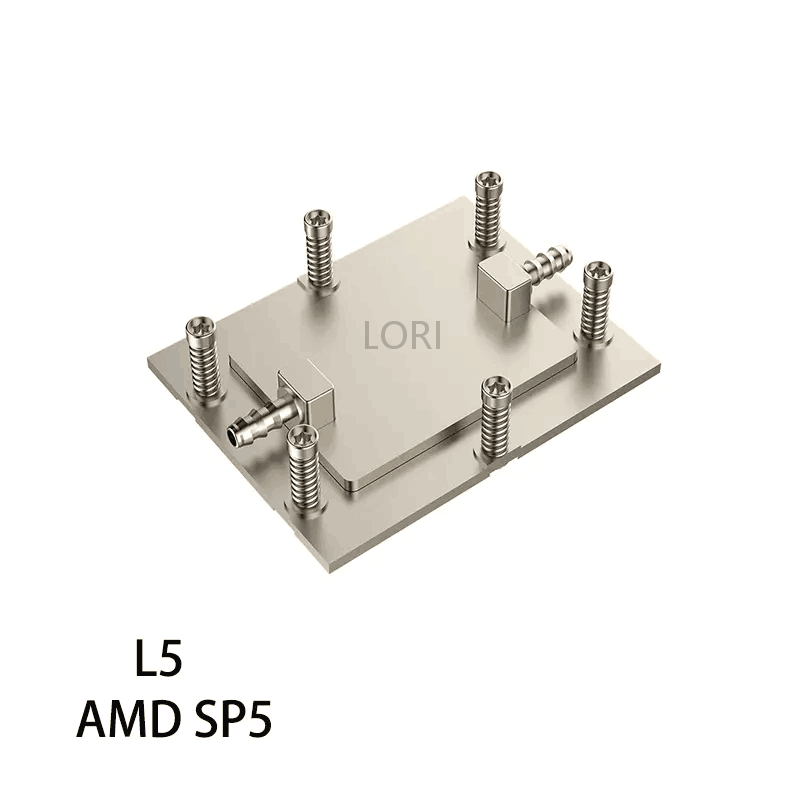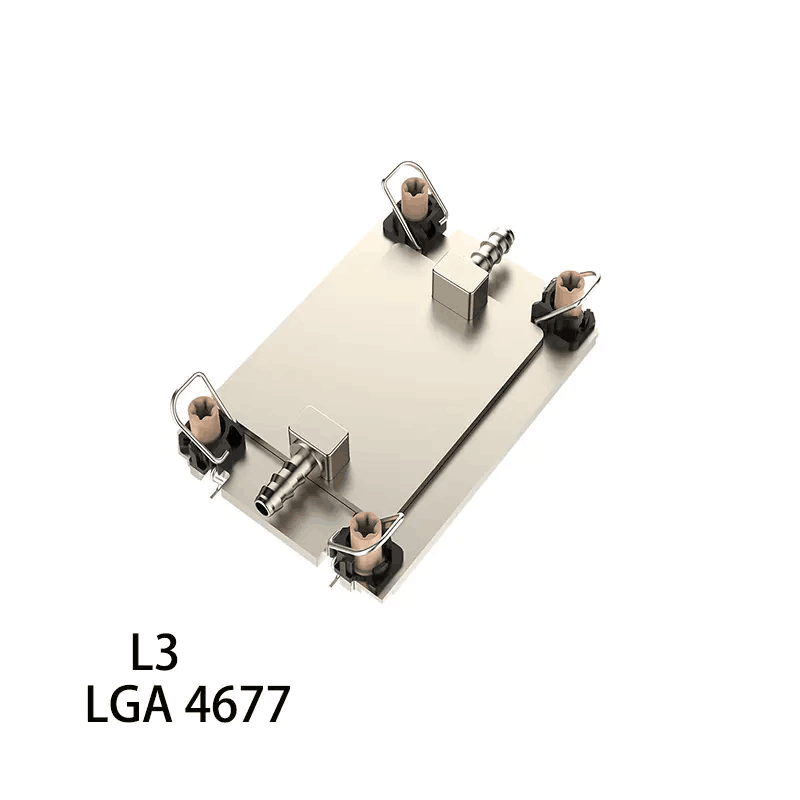BETTER TOUCH BETTER BUSINESS
Contact Sales at Lori.
First,AI computing power drives the transformation of data center heat dissipation
Driven by the strong demand for AI computing power, the number of GPU servers in data centers has increased significantly, and the power consumption problem caused by it has become increasingly prominent. We know that the total limit power of a single cabinet in the data center is 15kW, and the power growth brought by the GPU server has approached the limit value of a single cabinet when the cabinet gearing rate remains unchanged. However, the power consumption of Gpus continues to grow.
This year on NVIDIA GTC2024, NVIDIA officially released the GB200 flagship GPU, this product includes two GPU cores, each core power consumption of about 1200W, while also has two Arm cpus, power consumption of about 300W, so only the total power consumption of this product reached about 2700W. It is not difficult to find that in the face of high power consumption and high density scenarios, traditional air cooling has obviously been unable to meet the needs of energy consumption and heat dissipation, and liquid cooling technology has become a necessary option for intelligent computing center temperature control solutions with the characteristics of ultra-high energy efficiency and ultra-high heat density.
Second,the main advantages and disadvantages of liquid cooling system
The main advantages of liquid cooling systems are higher heat dissipation efficiency and lower energy consumption.
We know that in traditional air-cooled data centers, the energy consumption for equipment cooling and heat dissipation is as high as 40%, and the heat dissipation efficiency is not high. Due to its limitations, data center conventional air cooling is generally designed for a single cabinet density of 8-10kW. Since the thermal conductivity of liquid cooling technology is 25 times that of air, the heat taken away is nearly 3000 times that of the same volume of air, and it can easily have a single cabinet density of more than 30kW.
At the same time, in addition to the deployment of the liquid cooling system, because the data center no longer needs to deploy a large number of air conditioning and cooling systems, it can save a lot of space, further improve the deployment density of the cabinet in a single equipment room, and improve the utilization rate of the data center unit area.
While data center liquid cooling systems have many advantages, there are also many challenges. At present, there are mainly the following problems:
1.Lack of uniform standards. Whether it is cold plate liquid cooling technology, or submerged liquid cooling technology, the industry has not yet a unified technology and construction standards, although the state of a hundred flowers is more conducive to the development of technology, but at the same time different standards also bring the choice of enterprises and later management and maintenance problems.
2.The construction cost is too high. Compared with traditional air-cooled heat dissipation, the construction cost of liquid-cooled data centers is still too high. In addition, in the renovation of some older data centers, the investment cost is too high.
3.Late management and maintenance is difficult. The rapid development of liquid cooling technology, and the lack of unified technology and construction standards, to the later management and maintenance has brought a greater problem.
4.Security. Due to the influence of many factors such as material, manufacturing process, connection method, maintenance and use, the tightness between the cold plate and the battery cell may lead to the risk of coolant leakage. Leakage will not only damage the performance and reliability of the system, but also may cause pollution and safety hazards to the surrounding environment.

Third, the main technology of liquid cooling heat dissipation
At present, the main liquid cooling technology mainly includes indirect liquid cooling technology represented by cold plate liquid cooling system and direct liquid cooling technology represented by submerged liquid cooling system. Because the two are different in the heat dissipation design, the heat dissipation efficiency is also very different.
1.Indirect liquid cooling technology
Indirect heat dissipation technology is through the cold plate and other media with the CPU, memory, GPU, hard disk and other surfaces to contact, using the flow of coolant, heat away. In addition to the cold plate and other media, indirect liquid cooling technology also includes heat exchangers, pipelines, pumps, coolants, control systems and other components.
At present, the cold plate liquid cooling system has become the main solution for indirect liquid cooling cooling technology. The main advantage of indirect liquid cooling technology is that it does not need to change the form of the existing server, the design technology is low, the deployment difficulty is relatively small, and the post-operation and maintenance management difficulty is relatively low. In addition, because the cooling medium is mostly glycol solution, the cost is lower.
The disadvantage is that the heat dissipation efficiency is relatively low, and because there are many components, the failure rate is relatively high. At present, the cold plate liquid cooling system has become the choice of most data centers.
2. Direct liquid cooling technology
The direct liquid cooling technology is to directly contact the CPU, GPU, motherboard, memory, etc. with the coolant, and absorb and take away the heat through the cooling liquid flowing directly through the hardware surface. At present, the direct liquid cooling technology has immersed liquid cooling system and spray liquid cooling system, and can be divided into single-phase immersion and phase change immersion according to whether the cooling medium has phase change.
Compared with the indirect heat dissipation technology, there is no intermediate conduction medium between the liquid and the heat source in the direct liquid cooling technology, and the heat can be transferred more directly to the liquid, so the heat dissipation efficiency is higher. However, direct liquid cooling technology is more difficult and expensive to deploy due to the need to re-engineer and design the entire data center.
At present, direct liquid cooling technology is mainly used in scenarios that require high heat dissipation efficiency.

In the end:
There is no doubt that the liquid cooling system must be the mainstream heat dissipation technology in the future of data centers.
At present, because the cold plate liquid cooling system is more mature, it will become the first mainstream liquid cooling technology to enter the data center, and the cost, operation and maintenance, safety and other problems affecting the popularity of cold plate liquid cooling technology will also be solved with the development of technology and the unification of standards.
Of course, with the continuous development of technology, the submerged liquid cooling system will also be widely used in high-density new data centers, further improving the heat dissipation efficiency of data centers, and greatly improving the level of computing power.
Copyright © 2025 Shenzhen Lori Technology Co.,Ltd. | All Rights Reserved